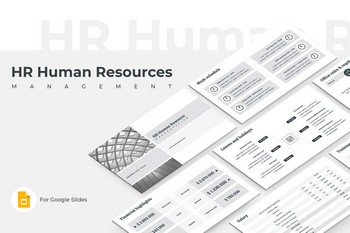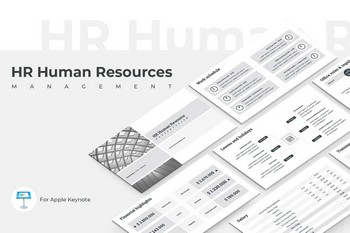Let’s explore how human resource management principles intersect with the principles of business management and how they work together to create thriving organizations.
Human Resource Management (HRM) plays a vital role in optimizing the potential of an organization’s workforce and achieving overall success. By strategically aligning HRM practices with business goals, companies can foster a productive work environment and drive sustainable growth.
With this text, we continue a series of eight articles dedicated to business management.
Within this article, you’ll discover a collection of dynamic presentation templates from the PoweredTemplate library curated specifically for human resource management in business. Their purpose is to empower business professionals with compelling visual aids that effectively communicate the significance of human resource management to their teams and stakeholders.
Table of Contents
- Definition of Human Resource Management
- Importance of Human Resource Management in Business
- Role of Human Resource Management in Business Success
- Human Resource Management Strategies for Successful Business Management
- Conclusion
Definition of Human Resource Management
Human resource management refers to the strategic approach taken by organizations to manage and maximize the potential of their workforce. It encompasses various functions, policies, and practices aimed at attracting, developing, and retaining employees.

HRM plays a pivotal role in the effective management of human resources, ensuring they align with the overall objectives of the business. By integrating HRM into the core of business management, organizations can optimize their talent, foster employee growth, and drive long-term success.
Importance of Human Resource Management in Business
Human resource management plays a crucial role in the success of businesses. Effective HRM practices ensure that organizations have the right talent, skills, and capabilities to achieve their strategic objectives:
- by aligning human resource strategies with business goals, HRM contributes to enhanced productivity, increased employee satisfaction, and overall organizational performance;
- through the recruitment and selection process, HRM ensures that the right individuals with the necessary qualifications are hired to drive the business forward;
- HRM fosters a culture of learning and development, empowering employees to continually improve their skills and contribute to the growth of the organization;
- HRM facilitates employee engagement and retention initiatives, creating a positive work environment that motivates employees to give their best;
- by managing employee relations and resolving conflicts, HRM also helps maintain a harmonious and productive workplace.
Overall, the strategic implementation of HRM practices is vital for businesses to thrive in today’s competitive landscape, making it a cornerstone of effective business management.
Role of Human Resource Management in Business Success
Human Resource Management plays a pivotal role in driving business success. It encompasses various key functions and responsibilities that contribute to the overall management and development of the workforce. Let’s explore some of the essential roles of HRM in achieving business success.
HR Human Resources
Companies that have HR services will find this ready-to-use Human Resources template beneficial when writing HR proposals, internal presentations, and documents for new employees. This HR presentation template allows you to showcase your services, your team, and your expertise. Provide your applicants with a detailed outline of payroll, office schedules, benefits, and insurance.
Recruiting and Hiring the Right Talent
HRM is responsible for attracting and selecting individuals who possess the skills, knowledge, and experience required for the organization’s success. By conducting thorough recruitment processes, HRM ensures that the right talent is brought on board, aligning with the strategic objectives of the business.
- Strategies for Effective Talent Acquisition
Effective talent acquisition is a critical aspect of Human Resource Management that directly impacts business success. To ensure the recruitment process is successful in attracting and hiring the right talent, HRM employs various strategies:- Creating a Clear Job Description
HRM develops comprehensive job descriptions that clearly outline the roles, responsibilities, and required qualifications for a position. This ensures that potential candidates understand the job expectations and allows for better alignment of skills and experience. - Utilizing Multiple Sourcing Channels
HRM employs a diverse range of sourcing channels, such as online job boards, professional networking platforms, recruitment agencies, and internal referrals. By casting a wide net, HRM increases the chances of reaching a larger pool of qualified candidates. - Implementing Targeted Recruitment Campaigns
Human Resource Management designs targeted recruitment campaigns tailored to attract candidates with specific skill sets or experiences. This approach allows HRM to reach the right audience and generate interest among potential candidates who possess the desired qualifications. - Leveraging Employer Branding
HRM focuses on building a positive employer brand that portrays the organization as an attractive and desirable place to work. By showcasing the company’s values, culture, and opportunities for growth, HRM can attract top talent who align with the organization’s values and aspirations.
- Creating a Clear Job Description
- Importance of Recruitment and Selection Process
The recruitment and selection process is a vital component of HRM that ensures the right candidates are selected for the organization. Here’s why it holds significant importance:- Acquiring Required Skills and Competencies
Through the recruitment and selection process, Human Resource Management identifies and selects candidates with the necessary skills, qualifications, and competencies that align with the job requirements and the organization’s strategic objectives. This ensures that the organization has a capable workforce to meet its goals. - Building a Diverse and Inclusive Workforce
HRM places importance on diversity and inclusion during the recruitment and selection process. By actively seeking a diverse pool of candidates, HRM fosters a workplace that embraces different perspectives, experiences, and backgrounds, leading to increased innovation and better decision-making. - Enhancing Employee Engagement and Retention
When HRM recruits and selects candidates who are a good fit for the organization’s culture and values, it promotes employee engagement and enhances retention. Employees who align with the organization’s mission and feel connected to its values are more likely to stay committed and motivated. - Improving Overall Organizational Performance
Effective recruitment and selection processes ensure that the organization hires individuals who possess the right skills and attributes needed to perform their roles effectively. By bringing in talented individuals, HRM contributes to improved overall organizational performance and productivity.
- Acquiring Required Skills and Competencies
By implementing strategies for effective talent acquisition and recognizing the importance of the recruitment and selection process, Human Resource Management plays a crucial role in securing and hiring the right talent for the organization, ultimately leading to business success and growth.
Training and Development for Employee Growth
HRM plays a vital role in identifying skill gaps and providing training and development opportunities to enhance employee capabilities. By investing in continuous learning, HRM fosters a culture of growth and improvement, enabling employees to contribute their best to the organization’s success.
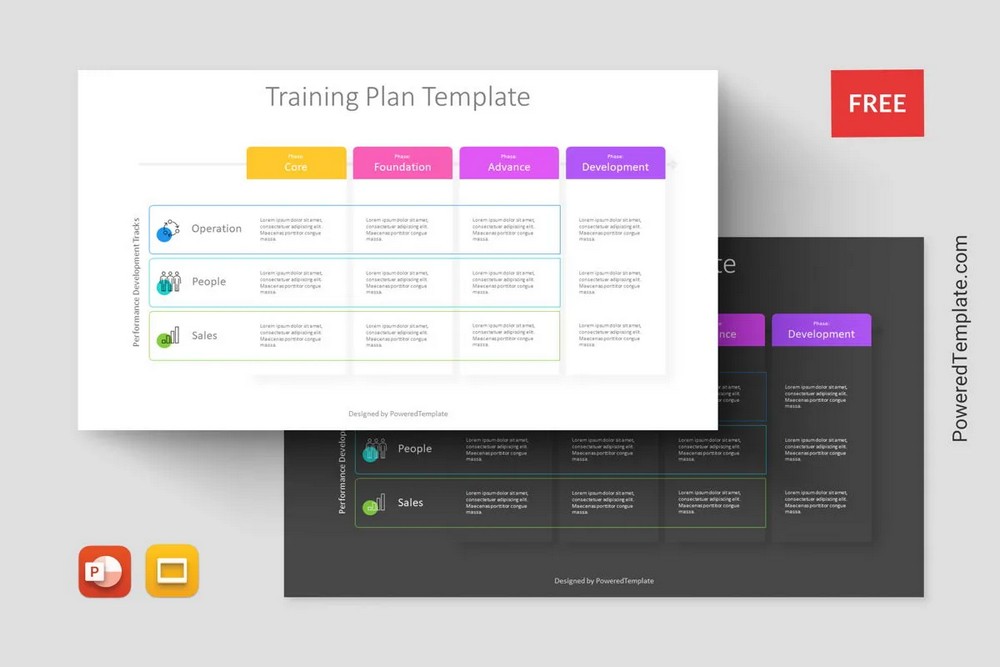
- Implementing Effective Training Programs
Human Resource Management recognizes the importance of training and development in fostering employee growth and enhancing organizational performance. Here are key strategies for implementing effective training programs:- Assessing Training Needs
HRM conducts thorough assessments to identify the specific training needs of employees and the organization as a whole. This analysis helps determine the areas where training interventions can make the most significant impact. - Designing Targeted Training Programs
HRM designs training programs that align with the identified needs. These programs may include workshops, seminars, e-learning modules, mentoring, or on-the-job training. The training content and delivery methods are tailored to address specific skill gaps and support employee development. - Providing Continuous Learning Opportunities
HRM recognizes that employee growth is an ongoing process. Therefore, it establishes a culture of continuous learning by offering opportunities for professional development, such as skill-building workshops, industry conferences, and access to online learning platforms. This ensures that employees are equipped with the latest knowledge and skills relevant to their roles. - Monitoring and Evaluating Training Effectiveness
HRM tracks the effectiveness of training programs through evaluation and feedback mechanisms. This helps determine the impact of training on employee performance and enables HRM to make necessary adjustments for future training initiatives.
- Assessing Training Needs
- Investing in Employee Skill Development
Human Resource Management understands that investing in employee skill development is a win-win situation for both employees and the organization. Here’s why it is important:- Enhancing Employee Engagement and Satisfaction
By investing in employee skill development, HRM demonstrates a commitment to employees’ professional growth. This fosters a sense of engagement and satisfaction among employees, leading to increased motivation and loyalty. - Building a High-Performing Workforce
When employees have access to training and development opportunities, they acquire new skills and knowledge that enable them to perform their roles more effectively. This leads to a high-performing workforce capable of delivering exceptional results. - Nurturing Future Leaders
HRM identifies high-potential employees and provides them with targeted development opportunities to groom them for leadership roles. This ensures a pipeline of skilled leaders who can drive the organization’s growth and success. - Adapting to Technological Advancements
HRM invests in employee skill development to keep up with rapid technological advancements. By equipping employees with the necessary digital skills, HRM ensures the organization remains competitive in an evolving business landscape.
- Enhancing Employee Engagement and Satisfaction
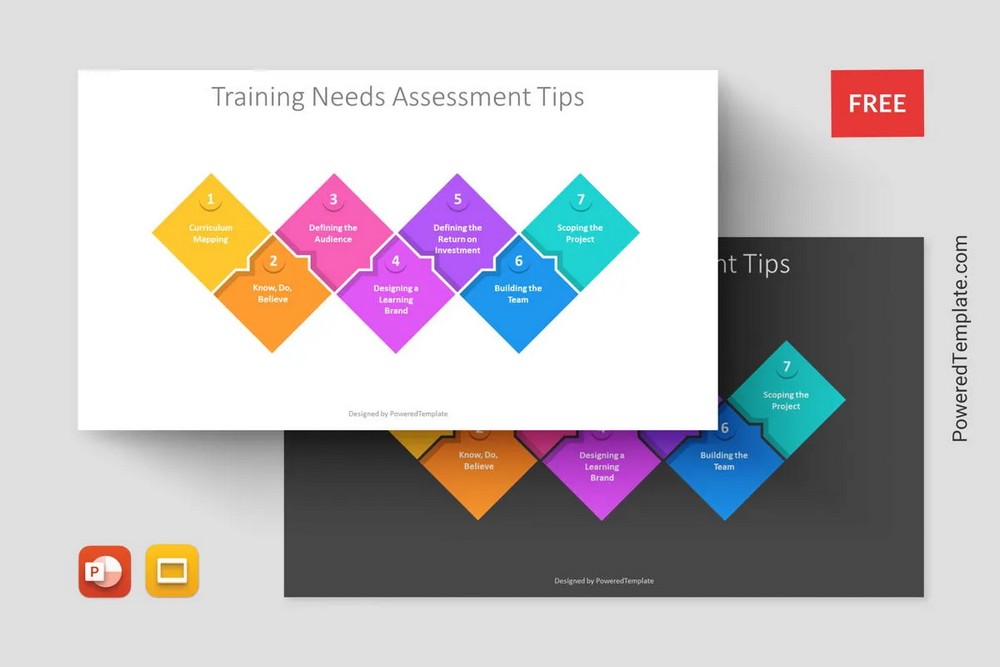
By implementing effective training programs and investing in employee skill development, HRM enables employees to continuously grow and contribute to the organization’s success. It creates a culture of learning, fosters employee engagement, and equips the workforce with the skills needed to adapt to changing business needs.
Employee Engagement and Retention
HRM focuses on creating an environment where employees feel engaged, motivated, and valued. By implementing effective strategies such as rewards and recognition programs, HRM helps in retaining top talent, reducing turnover, and ensuring continuity in business operations.

- Creating a Positive Work Environment
Human Resource Management recognizes the importance of creating a positive work environment to foster employee engagement and retention. Here are key strategies for achieving this:- Promoting Open Communication
HRM encourages open and transparent communication channels throughout the organization. This allows employees to express their ideas, concerns, and feedback, fostering a sense of belonging and involvement in the decision-making process. - Supporting Work-Life Balance
HRM promotes work-life balance by implementing policies and initiatives that support employees’ personal well-being. This may include flexible work arrangements, wellness programs, and initiatives to promote mental health and overall wellness. - Encouraging Collaboration and Teamwork
HRM emphasizes the importance of collaboration and teamwork by fostering a culture that values cooperation and mutual support. This creates a sense of camaraderie among employees and enhances engagement and productivity. - Providing Opportunities for Growth and Development
HRM offers opportunities for employees to grow and develop their skills and careers within the organization. This can include mentoring programs, job rotations, or support for further education and professional certifications.
- Promoting Open Communication
- Recognizing and Rewarding Employee Performance
HRM understands that recognizing and rewarding employee performance is essential for engagement and retention. Here’s how it can be effectively done:- Implementing Performance Recognition Programs
HRM establishes performance recognition programs that acknowledge and celebrate employees’ accomplishments and contributions. This can include employee of the month awards, recognition ceremonies, or peer-to-peer recognition programs. - Providing Competitive Compensation and Benefits
HRM ensures that employees are fairly compensated and provided with competitive benefits packages. This includes salary reviews, performance-based bonuses, health insurance, retirement plans, and other perks that demonstrate the organization’s commitment to employee well-being. - Offering Career Advancement Opportunities
HRM creates pathways for career advancement within the organization, enabling employees to progress and take on new challenges. This can involve providing clear career development frameworks, internal job postings, or succession planning initiatives. - Supporting Work-Life Balance Initiatives
HRM supports work-life balance initiatives by offering flexible work arrangements, such as remote work options or flexible schedules. This allows employees to manage their personal responsibilities while maintaining their work commitments.
- Implementing Performance Recognition Programs
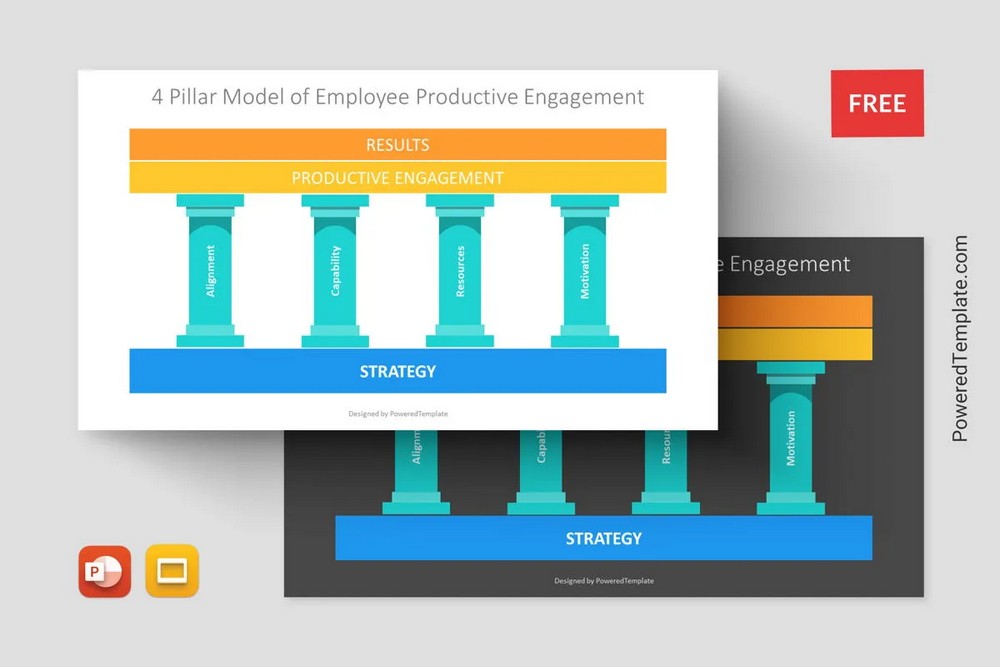
By creating a positive work environment and implementing effective employee recognition and reward programs, HRM can significantly enhance employee engagement and retention. This leads to a motivated workforce, reduced turnover, and a stronger organizational culture that fosters long-term success.
Performance Management and Evaluation
HRM establishes performance management systems that provide feedback, set goals, and assess employee performance. By aligning individual performance with organizational objectives, HRM ensures that employees are working towards the success of the business.
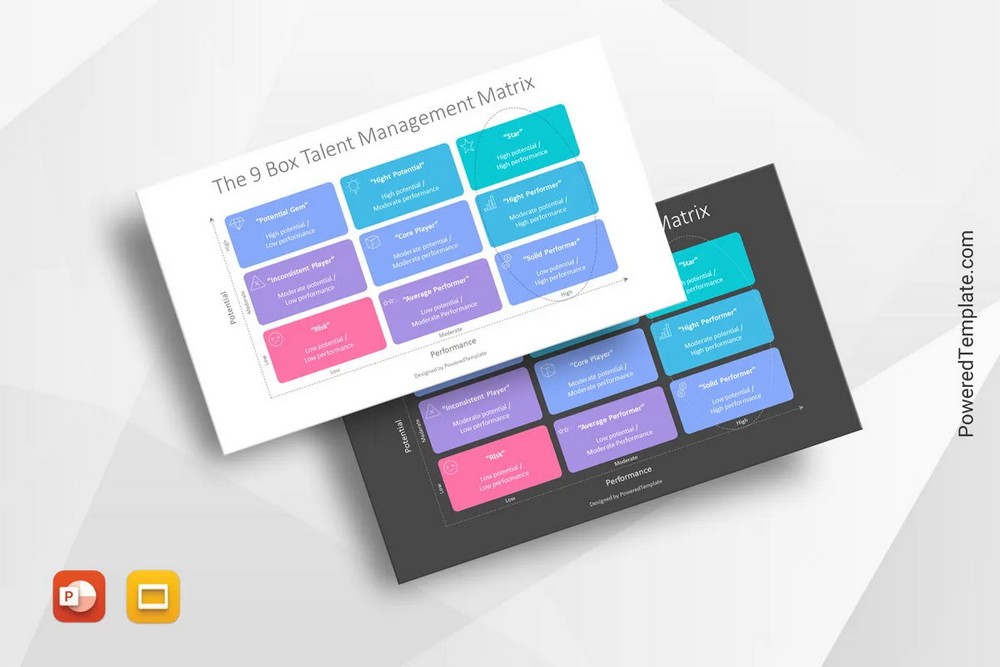
- Establishing Clear Performance Metrics
Human Resource Management recognizes the importance of establishing clear performance metrics to effectively manage and evaluate employee performance. Here are key strategies for setting performance metrics:- Aligning Metrics with Organizational Goals
HRM ensures that performance metrics are directly linked to the organization’s strategic objectives. This alignment helps employees understand how their performance contributes to overall business success. - Defining Specific and Measurable Goals
HRM works with employees to set specific and measurable performance goals that can be objectively assessed. Clear goals provide employees with a roadmap for success and enable HRM to evaluate performance accurately. - Incorporating Key Performance Indicators (KPIs)
HRM identifies key performance indicators relevant to each role and department. KPIs provide a quantifiable measure of success and help HRM track performance against established benchmarks. - Providing Continuous Feedback
HRM establishes a feedback loop where managers regularly provide constructive feedback to employees on their performance. This ongoing communication helps employees stay aligned with expectations and make necessary improvements.
- Aligning Metrics with Organizational Goals
- Conducting Regular Performance Appraisals
HRM recognizes the importance of regular performance appraisals to evaluate employee performance effectively. Here’s how HRM can conduct impactful performance appraisals:- Scheduled and Structured Reviews
HRM establishes a schedule for conducting performance appraisals, ensuring that they occur at regular intervals. These reviews should follow a structured format, covering performance achievements, areas for improvement, and goal-setting for the future. - Two-Way Communication
Performance appraisals should be a two-way conversation between managers and employees. HRM encourages employees to provide self-assessments, share their career aspirations, and discuss any challenges they may be facing. - Recognizing Achievements and Identifying Development Needs
HRM uses performance appraisals to recognize and acknowledge employees’ achievements and contributions. Simultaneously, HRM identifies areas where employees may need further development or support to enhance their performance. - Goal-Setting for the Future
Performance appraisals serve as an opportunity to set new performance goals for the upcoming period. HRM collaborates with employees to establish challenging yet attainable goals that align with the organization’s objectives.
- Scheduled and Structured Reviews
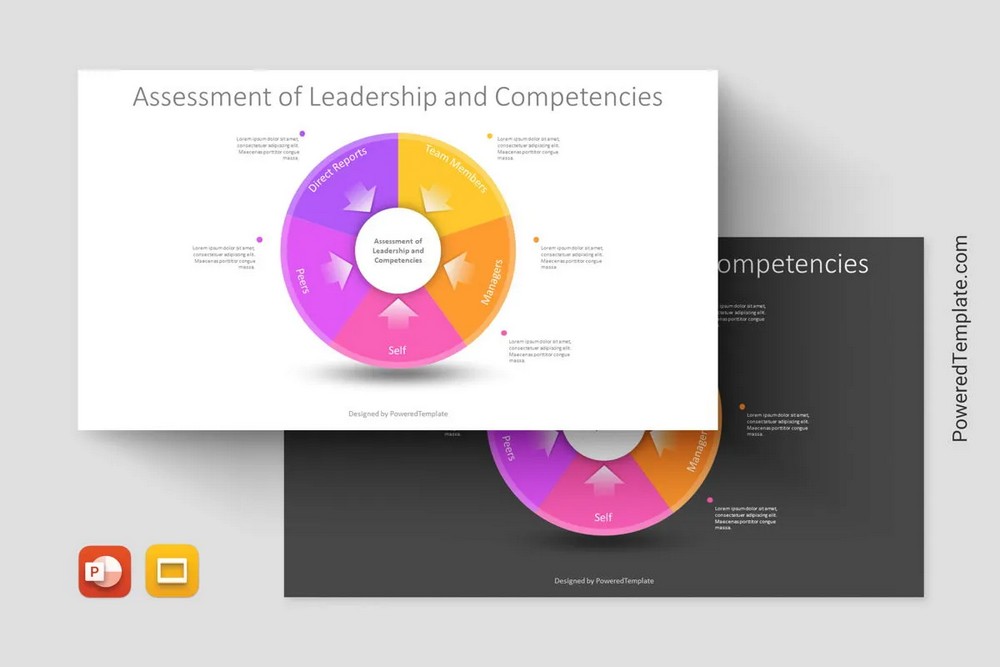
By establishing clear performance metrics and conducting regular performance appraisals, HRM can effectively evaluate employee performance, provide feedback, and support employees’ growth and development. This process helps in identifying top performers, addressing performance gaps, and ensuring continuous improvement throughout the organization.
Managing Employee Relations and Conflict Resolution
HRM plays a critical role in fostering positive relationships among employees and resolving conflicts promptly. By promoting open communication, mediating disputes, and creating a supportive work environment, HRM helps maintain a harmonious workplace conducive to productivity and collaboration.
- Building Strong Employee Relations
Human Resource Management recognizes the significance of building strong employee relations to foster a positive work environment and ensure harmonious interactions. Here are key strategies for achieving this:- Promoting Open Communication
HRM encourages open and transparent communication channels within the organization. This includes regular team meetings, feedback sessions, and avenues for employees to voice their concerns or suggestions. Effective communication helps build trust and understanding among employees. - Encouraging Collaboration and Teamwork
HRM fosters a culture of collaboration and teamwork by promoting cross-functional projects, team-building activities, and shared goals. By encouraging employees to work together, HRM strengthens relationships and promotes a sense of unity. - Providing Supportive Leadership
HRM ensures that managers and leaders possess strong interpersonal skills and are trained in effective leadership practices. Supportive leadership promotes trust, empathy, and positive relationships between managers and employees. - Recognizing and Rewarding Employee Contributions
HRM implements recognition and reward programs that acknowledge employees’ contributions and efforts. This recognition can be in the form of verbal praise, appreciation emails, or tangible rewards. Celebrating achievements fosters a positive and supportive work environment.
- Promoting Open Communication
- Handling Workplace Conflict Effectively
HRM understands that conflicts may arise in the workplace and aims to address them promptly and effectively. Here are strategies for handling workplace conflict:- Encouraging Open Dialogue
HRM promotes open dialogue between parties involved in a conflict. Encouraging them to express their concerns, perspectives, and feelings helps in understanding the root causes of conflict and finding mutually beneficial resolutions. - Mediation and Conflict Resolution Techniques
HRM provides mediation services or employs conflict resolution techniques to facilitate constructive conversations between conflicting parties. This may involve bringing in a neutral third party or HR professionals trained in conflict resolution. - Establishing Clear Policies and Procedures
HRM develops clear policies and procedures for handling conflicts within the organization. This provides a framework for employees to follow when conflicts arise and ensures a fair and consistent approach to resolution. - Providing Conflict Resolution Training
HRM offers conflict resolution training to employees and managers. This equips them with the necessary skills to identify, address, and resolve conflicts proactively, promoting a harmonious work environment.
- Encouraging Open Dialogue
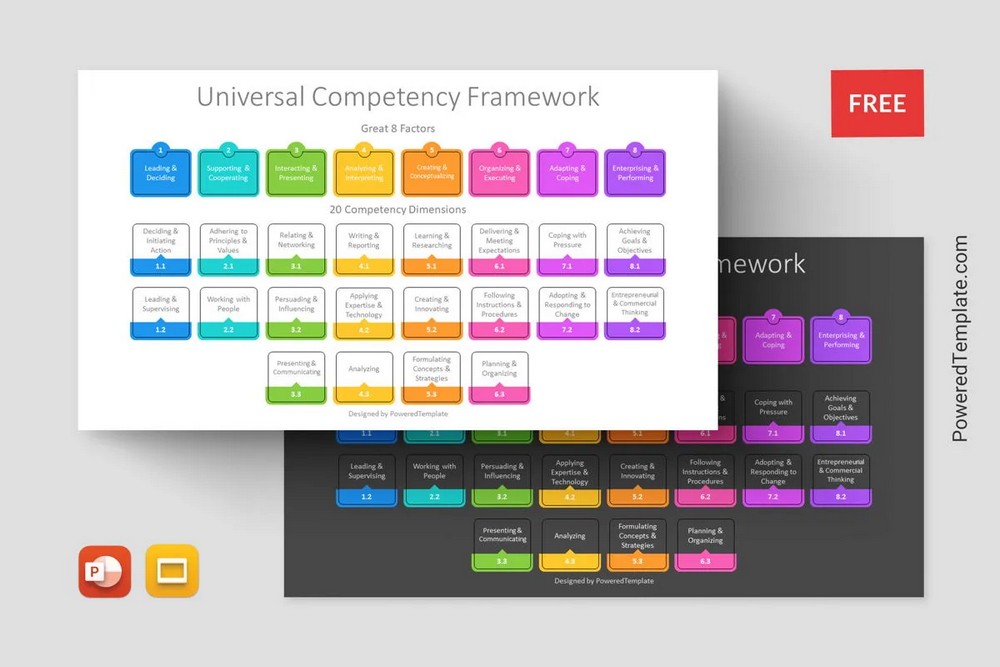
By building strong employee relations and handling workplace conflicts effectively, HRM plays a crucial role in maintaining a positive and productive work environment. This fosters collaboration, enhances employee satisfaction, and promotes the overall success of the organization.
The strategic implementation of these HRM roles contributes significantly to business management and overall success. By effectively managing the human resources of an organization, HRM ensures that businesses have a talented workforce that drives growth, innovation, and competitive advantage.
Human Resource Management Strategies for Successful Business Management
Aligning HR Strategies with Organizational Goals
Human resource management plays a vital role in aligning HR strategies with the overall goals and objectives of the business. By ensuring that HR practices are directly linked to the organization’s strategic direction, HRM helps drive business success.
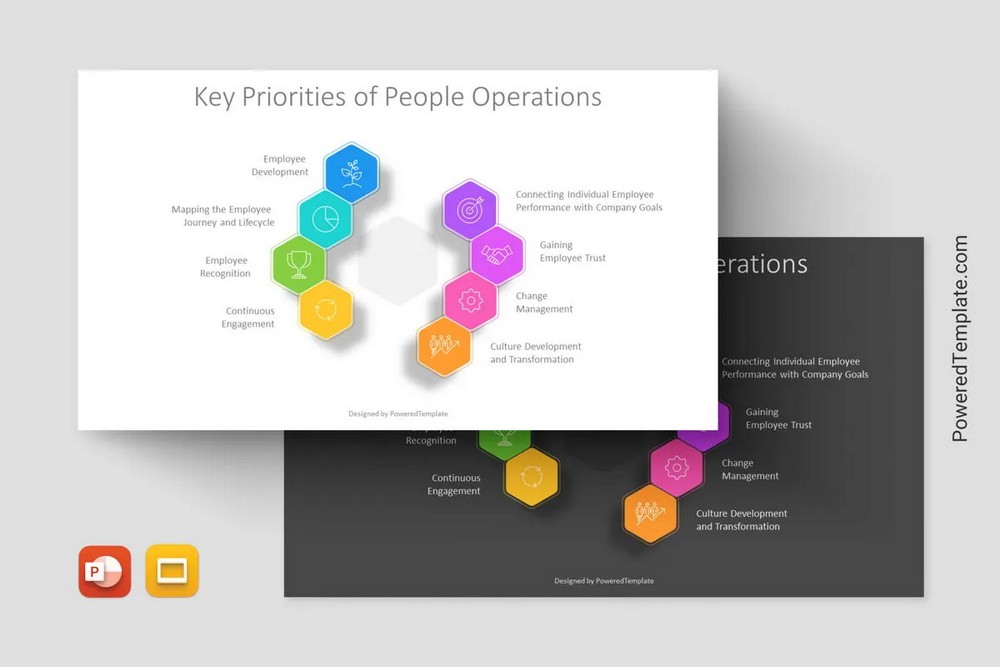
Strategic Workforce Planning: HRM engages in strategic workforce planning, which involves analyzing the current and future needs of the organization. This process ensures that the right talent is available at the right time to support the organization’s growth and expansion.
Talent Acquisition and Retention: HRM focuses on attracting and retaining top talent that aligns with the business’s vision and values. By implementing effective recruitment strategies, HRM ensures that the organization has the human capital required for sustained success.
Succession Planning: HRM develops succession plans to identify and groom future leaders within the organization. This ensures a smooth transition of key roles and helps maintain business continuity.
Developing Effective HR Policies and Procedures

HRM establishes comprehensive HR policies and procedures that align with legal requirements and promote fairness and equity within the organization.
Employee Handbook: HRM creates an employee handbook that outlines the organization’s policies, code of conduct, and employee rights and responsibilities. This serves as a guide for employees and ensures consistency in HR practices.
Compliance with Employment Laws: HRM stays updated with employment laws and regulations to ensure that the organization operates within legal frameworks. This includes areas such as labor laws, anti-discrimination laws, and workplace safety regulations.
Diversity and Inclusion Initiatives: HRM promotes diversity and inclusion within the workplace by implementing initiatives that embrace diversity and foster a culture of inclusivity. This ensures that employees from various backgrounds feel valued and contribute to the organization’s success.
Implementing Performance-Based Compensation Systems

HRM designs and implements performance-based compensation systems to recognize and reward employees’ contributions to the business’s performance.
Merit-Based Pay: HRM establishes a merit-based pay structure where employees are compensated based on their performance and contributions to the organization. This motivates employees to excel in their roles and aligns individual goals with the business’s objectives.
Incentive Programs: HRM develops incentive programs that provide additional rewards or bonuses to employees who achieve specific performance targets or exceed expectations. These programs encourage high performance and drive business results.
Promoting Diversity and Inclusion in the Workplace
HRM recognizes the importance of diversity and inclusion in driving innovation, creativity, and organizational success.

Diverse Recruitment and Hiring Practices: HRM implements strategies to attract and hire a diverse pool of candidates, ensuring that the organization benefits from a wide range of perspectives and experiences.
Inclusive Work Environment: HRM fosters an inclusive work environment where all employees feel valued, respected, and supported. This includes promoting equality, providing diversity training, and creating opportunities for underrepresented groups to thrive.
Embracing Technological Advancements in HR Processes
HRM leverages technology to streamline HR processes, enhance efficiency, and improve decision-making.
HR Information Systems: HRM implements robust HR information systems that automate routine administrative tasks, such as payroll processing, benefits management, and employee record-keeping. This frees up HR professionals’ time, allowing them to focus on strategic initiatives.
Data-Driven HR Analytics: HRM utilizes data analytics to gain insights into employee performance, engagement, and overall HR effectiveness. This data-driven approach enables HRM to make informed decisions and develop targeted strategies for talent management.
By implementing these human resource management strategies, organizations can effectively align HR practices with business goals, create a positive and inclusive work environment, reward high performance, and leverage technology to drive success.
Conclusion
As businesses navigate the complexities of today’s rapidly changing landscape, human resource management remains a key pillar of successful business management.
By prioritizing the development and well-being of employees, HRM contributes to a motivated, engaged, and high-performing workforce that drives business growth and competitiveness. Embracing effective HRM strategies and staying attuned to emerging trends will position organizations for long-term success in the dynamic business environment.



